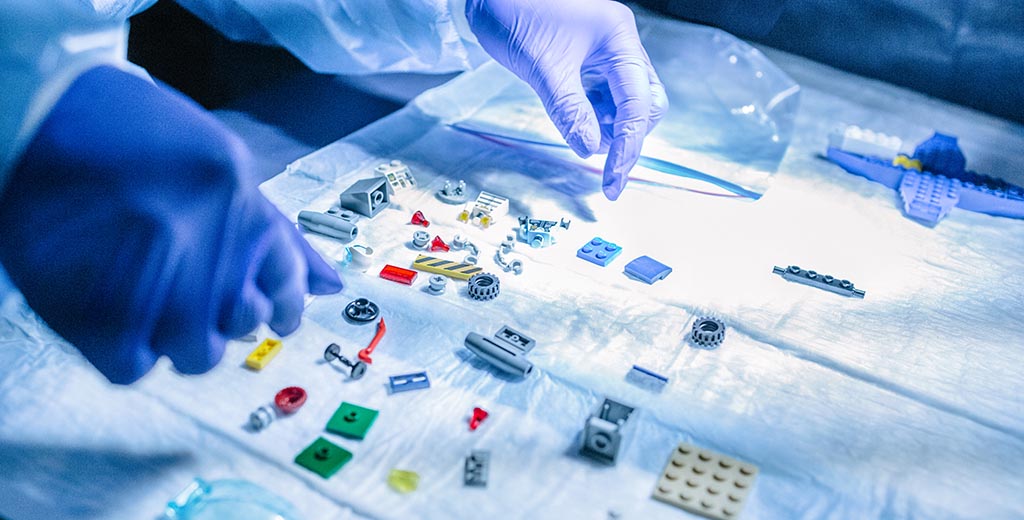Huddled in a conference room with a pile of Lego pieces and a wordless instruction manual last fall, two coworkers and I conducted an exercise.
Holding the illustrated manual out of their sight, I described the Lego pieces needed for each step. Fabrice Palumbo-Liu, a digital community specialist, picked them out of the pile. I then explained to Holly MacCormick, a social media producer, how to fit them together.
After half an hour, we had assembled a helicopter, complete with a pilot in the cockpit and a mechanic at a separate workstation. It wasn't easy: I had to search my brain for words to describe the subtle differences in the Lego pieces' shades of blue, and I had to mentally travel back to high school geometry for the names of their shapes. Much as I wanted to, I couldn't put down the manual and point at the pieces.
The job would have been much more difficult if we were allotted only 10 minutes, as are the clinicians who undergo the exercise described in my recently published Stanford Medicine magazine story. To simulate a real medical procedure, they're under time pressure, and they wear gloves, masks and gowns.
Alexei Wagner, MD, an assistant professor of emergency medicine, and his wife, Emilie Wagner, MBA, a lecturer at the Hasso Plattner Institute of Design at Stanford, devised the Lego exercise to help teach communication skills during medical procedures.
In the exercise with my coworkers, I was playing an attending physician who's instructing an intern; Palumbo-Liu was acting as a nurse in selecting the pieces; and MacCormick, putting the helicopter together, was playing an intern. When he runs the exercise for emergency personnel, Alexei Wagner instructs real-life attending physicians to act as interns, the interns to play physicians, and the residents to act as nurses.
By mixing up the roles, Alexei Wagner hopes that attending physicians see how difficult it is to follow unclear instructions and how their tone of voice can affect outcomes.
"It's an easy, low-cost, low-risk exercise to learn what it's like to walk in someone else's shoes," he told me. "In emergency, when a team is unsuccessful, it's easy to blame the intern. But maybe the instructions were the problem."
After they run the exercise, the Wagners have the participants evaluate their performance. They find that everyone is much more open about their mistakes than they are with real procedures or even with simulations featuring manikins.
"They can have a difficult conversation pretty easily because they're just talking about Legos," Emilie Wagner said.
Photo by Timothy Archibald




